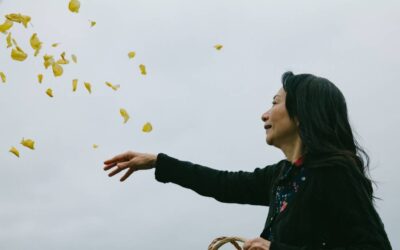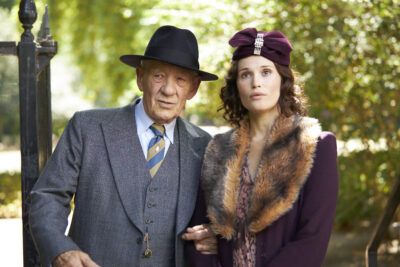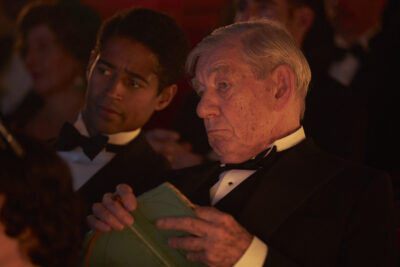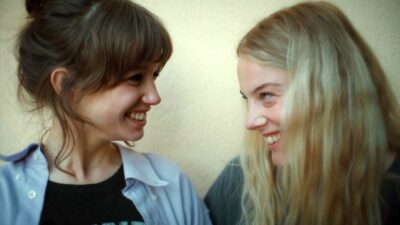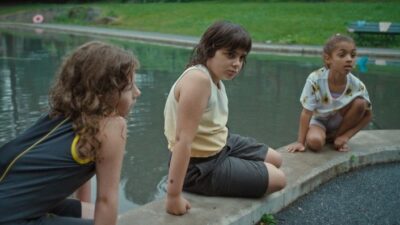Adapted from the bestselling memoir by Amy Liptrot, The Outrun follows a young Scotswoman (the always-fantastic Saoirse Ronan) as she returns to the wild beauty of her native Orkney Islands hoping to come to terms with her past and heal after living life on the edge in London. The director/co-writer Nora Fingscheidt sat for an in-depth interview with Filmmaker Magazine in which she details her process — from writing the screenplay with Liptrot, to working with Ronan, as well as the director of photography, editor, and sound designers. An excerpt:
Filmmaker: Because addiction is a sensitive subject matter and in this case, it’s your co-writer Amy Liptrot’s real life, I am wondering what sort of responsibility you felt in telling this true story. How did you collaborate with her on the page and elsewhere? How did you approach her story?
Fingscheidt: It’s a very challenging book to translate into a film because it is so personal and internal; much of it is about memory. But what makes it so beautiful is Amy’s thought process about the world. And I thought the film needed to be really nerdy in a way [especially when it came to her environmental pursuits]. So I pitched this approach to both Amy and our producers. And then I went into solitude with the book by myself for a couple of months actually. I color-coded every page in different areas. There is childhood, music, London, Orkney, sound elements, facts about the world… And then I went through it again and put all the little moments that I thought have to be in the film on different cards and arranged them. Then I wrote a treatment.

And from that moment on, we started to collaborate really closely. Amy read every version, and we spent hours on Zoom. She isn’t a celebrity who’s used to having their life portrayed. And her parents are there in the story. So I felt that I had to include her and protect her at the same time. Every decision that we made for the adaptation in changing, fictionalizing or dramatizing things, we made together. One of the first things we did is change her name to have a healthy creative distance. Amy suggested Rona, which is the name of a Scottish island. Saoirse loved it—it’s almost like Ronan. And it also has Nora in it. And it is the island behind the horizon when Amy was sitting on the outrun. So the character name was a mixture of the three of us.
Filmmaker: Did Saoirse spend time with Amy in crafting her performance, or did she approach it more freely to not do an impersonation?
Fingscheidt: Very early on she asked me, “Do you want me to sound like Amy?” Because Saoirse is Irish, we knew she would have to take on another accent. And we said, please don’t try and sound like Amy. Find your own voice, your own interpretation of Rona. That gave her a lot of liberty. She is a very physical actor, so she took quite a while preparing with a London choreographer, Wayne McGregor, whom she has worked with before. They worked a lot on how Rona moves: when she’s with her parents, when she’s happy-drunk or messy-drunk or trying to hide it; when she’s in a good mood or when she loses control. She also worked with a dialogue coach to get into this talk process. That physicality, the voice, and then the experiences like helping deliver lambs on the farm that we did at the pre-shoot helped her get into the bones and guts of Rona’s character.
We’re excited to open The Outrun on October 4 at the Royal, NoHo, Town Center, and Newhall.


